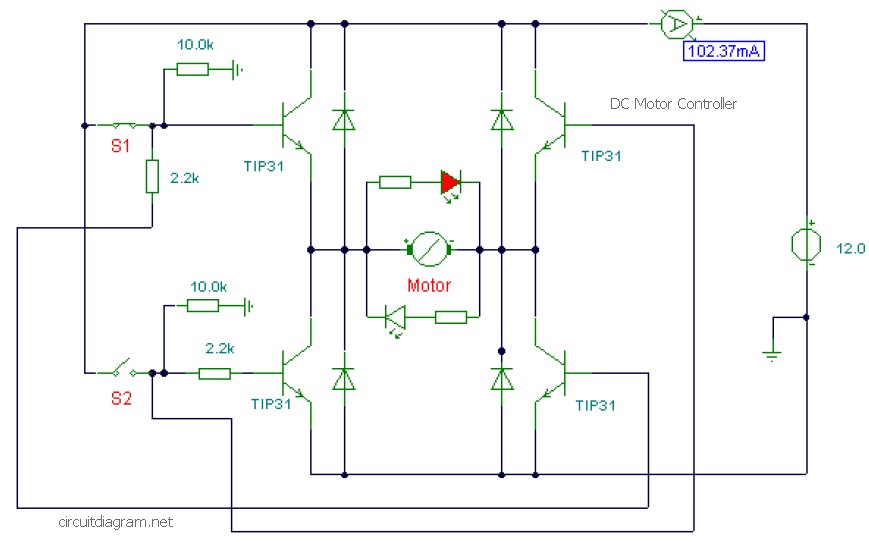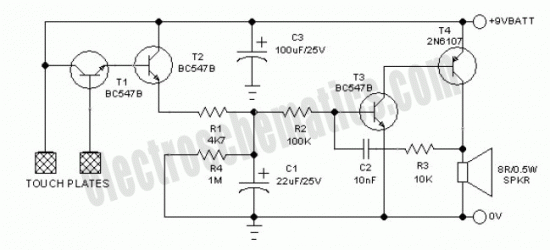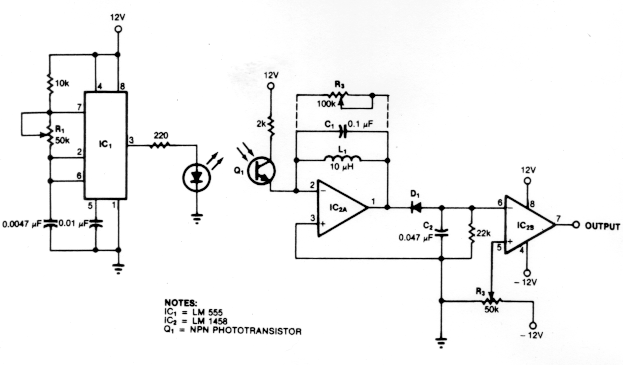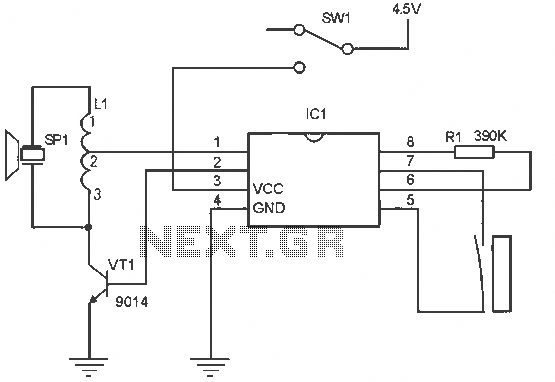
ATTiny Joule Thief circuit
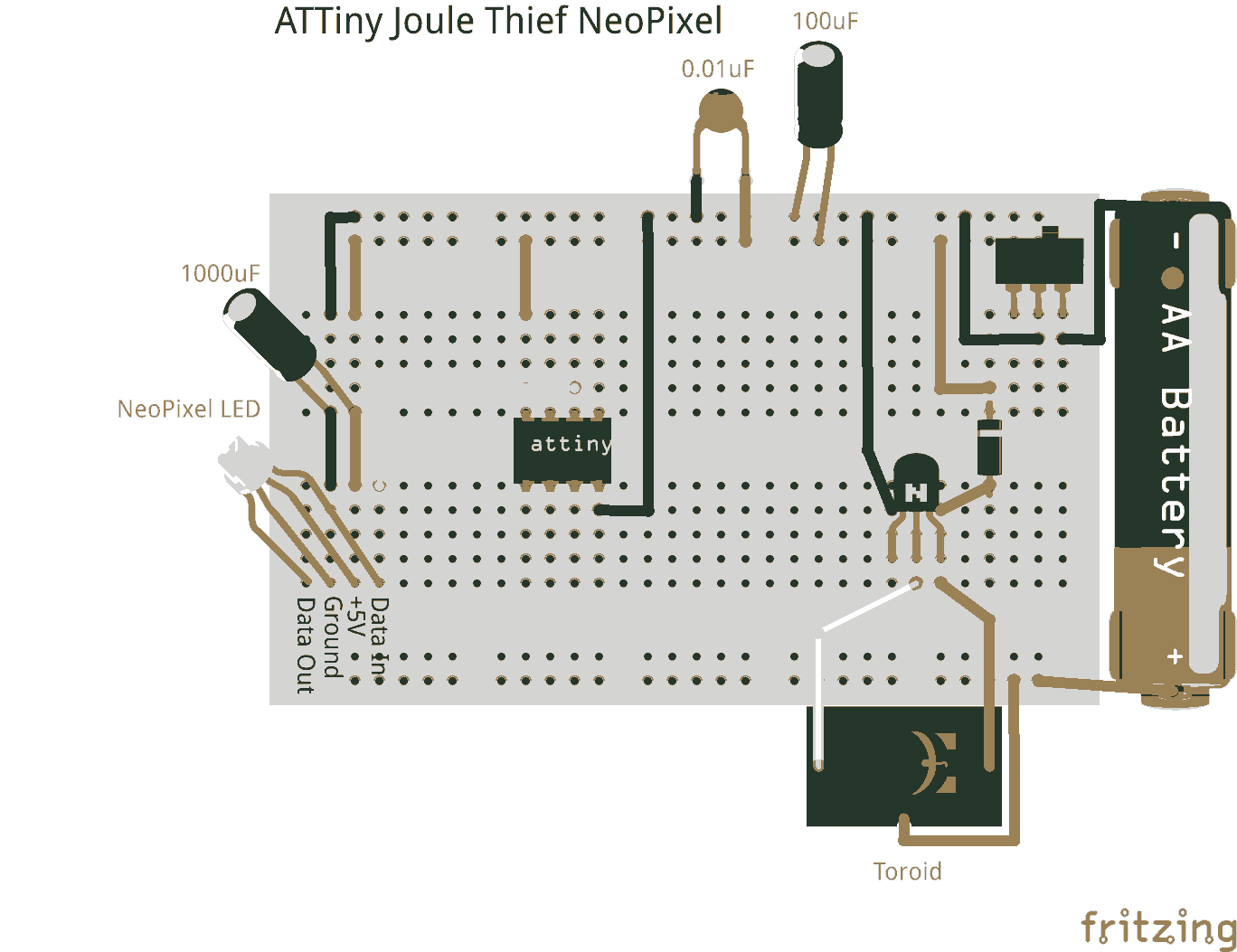
Joule thieves are not limited to illuminating standard LEDs. They can be utilized with an ATtiny microcontroller to power NeoPixel LEDs.
Joule thieves are simple and efficient circuits designed to extract and boost low voltage energy from sources such as depleted batteries to power small electronic devices. The incorporation of an ATtiny microcontroller enhances the functionality of a Joule thief by allowing for more complex control and modulation of the output, making it suitable for powering addressable LED strips like NeoPixels.
In a typical setup, the circuit consists of an inductor, a transistor, a resistor, and a diode. The inductor stores energy when the transistor is in the off state and releases it when the transistor turns on, boosting the voltage to a level sufficient to power the NeoPixel LEDs. The ATtiny microcontroller can be programmed to manage the timing and switching of the transistor, allowing for various lighting effects and patterns.
This setup can be particularly advantageous in applications where energy efficiency is crucial, such as in remote or battery-operated devices. By utilizing the low power consumption of the ATtiny alongside the Joule thief circuit, it is possible to achieve longer operational times from minimal power sources, while also providing the vibrant colors and effects offered by NeoPixel technology.
Overall, the combination of a Joule thief circuit with an ATtiny microcontroller represents a versatile solution for driving low-voltage LED applications, expanding the possibilities for creative electronic designs.Joule thieves arent just for lighting plain old LEDs!. Attiny joule thief neopixel 🔗 External reference
Joule thieves are simple and efficient circuits designed to extract and boost low voltage energy from sources such as depleted batteries to power small electronic devices. The incorporation of an ATtiny microcontroller enhances the functionality of a Joule thief by allowing for more complex control and modulation of the output, making it suitable for powering addressable LED strips like NeoPixels.
In a typical setup, the circuit consists of an inductor, a transistor, a resistor, and a diode. The inductor stores energy when the transistor is in the off state and releases it when the transistor turns on, boosting the voltage to a level sufficient to power the NeoPixel LEDs. The ATtiny microcontroller can be programmed to manage the timing and switching of the transistor, allowing for various lighting effects and patterns.
This setup can be particularly advantageous in applications where energy efficiency is crucial, such as in remote or battery-operated devices. By utilizing the low power consumption of the ATtiny alongside the Joule thief circuit, it is possible to achieve longer operational times from minimal power sources, while also providing the vibrant colors and effects offered by NeoPixel technology.
Overall, the combination of a Joule thief circuit with an ATtiny microcontroller represents a versatile solution for driving low-voltage LED applications, expanding the possibilities for creative electronic designs.Joule thieves arent just for lighting plain old LEDs!. Attiny joule thief neopixel 🔗 External reference
